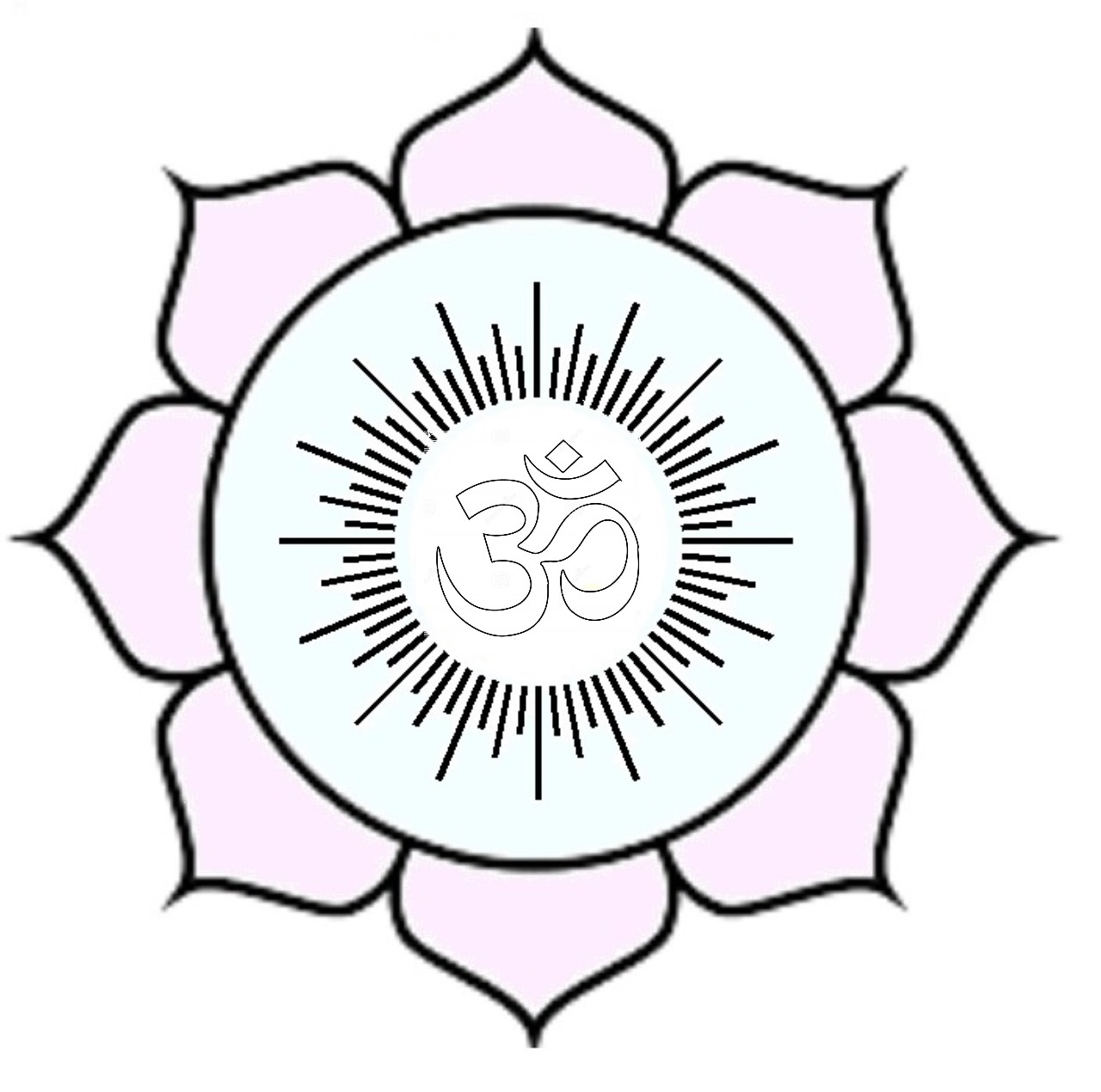This immersive course, offered by Atma Prajna International Institute, invites you to embark on a trans-formative journey of self-discovery and personal growth. Through the lens of Indian Psychology, we will explore the depths of consciousness, delve into the nature of the ego, and uncover the pathways to liberation and fulfilling.
As a Member Institution of IYA, we align ātma pariśodhana yoga courses to IYA minimum standards.
The 33 Topics, Institutions should cover at least 23 topics (The score should be greater than 23 for the Theory topics of FCY) This would mean upto 10 topics may be institution-specific syllabus.
| Section 1 | Indian Philosophy & Culture |
| Vedas | |
| 1 | Meaning of ‘Veda’ |
| 2 | Names of 4 Vedas |
| 3 | Four Parts of each Veda |
| 4 | Six Vedangas |
| 5 | Four Upavedas |
| Darshanas | |
| 6 | Names of Darsanas (Aastika & Nastika) and their Originators |
| Upanishads | |
| 7 | Meaning of Upanishads |
| 8 | Panchakosha Theory |
| Samkhya Darsana | |
| 9 | Names of Dukhatraya |
| 10 | Purusa / Prakrti |
| 11 | Bondage & Liberation |
| 12 | Names & characteristics of 3 Gunas |
| PYS | |
| 13 | Names of 4 Chapters |
| 14 | The Ashtangas |
| 15 | Def of Yoga (PYS -Ch. I : S2) |
| Hatha Yoga | |
| 16 | Brief understanding of ‘Hatha’ Yoga |
| 17 | Names of Chaturangas of Hatha Pradipika |
| 18 | Names of Saptangas of Gheranda Samhita |
| Bhagavad Gita | |
| 19 | Brief background of context of BG |
| 20 | Karma, Bhakti & Jnana Yogas |
| Two Definitions of yoga | |
| 21 | Samatvam Yoga Uchyate |
| 22 | Yogaha Karmasu Kaushalam |
| Puranas | |
| 23 | Names of the 4 Purusharthas |
| Salient Features of Indian Culture | |
| 24 | Sanatana & Vaidic Dharma |
| 25 | Anekantavada |
| 26 | Chatur Ashramas |
| 27 | Dharma |
| 28 | Law of Karma (in brief) |
| Applications of Yoga | |
| 29 | Benefits / Pre-cautions / Contra-indications of Yoga Practices |
| Yogic Diet | |
| 30 | Mitahar |
| 31 | Yogic Lifestyle |
| 32 | Holistic Health |
| 33 | Guidelines for Self-practice |
The 49 Practices, Institutions should cover at least 39 Practices (The score should be greater than 39 for the Practice topics of FCY) This would mean upto 10 topics may be institution-specific syllabus.
| Section 1 | SukshmaVyayama / Preparatory Practices |
| 1 | Institution-specific |
| Section 2 | Shuddhi Kriyas |
| 2 | Vaman Dhauti |
| 3 | Jala Neti |
| 4 | Trataka |
| 5 | Kapalbhati |
| Section 3 | Suryanamaskar |
| 6 | Traditional Suryanamaskar with 12 poses |
| Section 4 | Asanas |
| Four Meditative Asanas | |
| 7 | Padmasana |
| 8 | Svastikasana |
| 9 | Vajrasana |
| 10 | Veerasana |
| Five Standing Asanas | |
| 11 | Tadasana |
| 12 | Ekpadasana |
| 13 | Vrikshasana |
| 14 | Utkatasana |
| 15 | Trikonasana |
| Four Kneeling Asanas | |
| 16 | Ushtrasana |
| 17 | Marjarasana |
| 18 | Vyahgrasana |
| 19 | Shashankhasana |
| Five Sitting Asanas | |
| 20 | Bhadrasana |
| 21 | Simhasana |
| 22 | Vakrasana |
| 23 | Parvatasana |
| 24 | Paschimottanasana |
| Four Prone Asanas | |
| 25 | Bhujangasana |
| 26 | Shalabhasana |
| 27 | Dhanurasana |
| 28 | Naukasana |
| Five Supine Asanas | |
| 29 | Pavanmuktasana |
| 30 | Setubandhasana |
| 31 | Matsyasana |
| 32 | Uthitapadahastasana |
| 33 | Shavasana |
| One Inverted Asanas | |
| 34 | Sarvangasana |
| Section 4 | Pranayama |
| Sectional Breathing | |
| 35 | Basic yogic Breathing |
| 36 | Nadishodhana Kriya |
| Pranayama without Kumbhaka | |
| 37 | Suryabhedana |
| 38 | Shitali |
| 39 | Shitkari |
| 40 | Brahmari |
| Section 5 | Mudras |
| 41 | Chin / Jnana Mudra |
| 42 | Agochari Mudra (Nasikagra Drishthi) |
| 43 | Shambhavi Mudra (Bruhmadhya Drishthi) |
| 44 | Ashvini Mudra |
| 45 | Shanmukhi Mudra |
| 46 | Yoga Mudra in Vajrasana & Padmasana |
| Section 6 | Mantra |
| 47 | Pranav Japa |
| Shanti Mantra | |
| 48 | Institution-Specific |
| Section 7 | Meditation |
| 49 | Institution-Specific |


